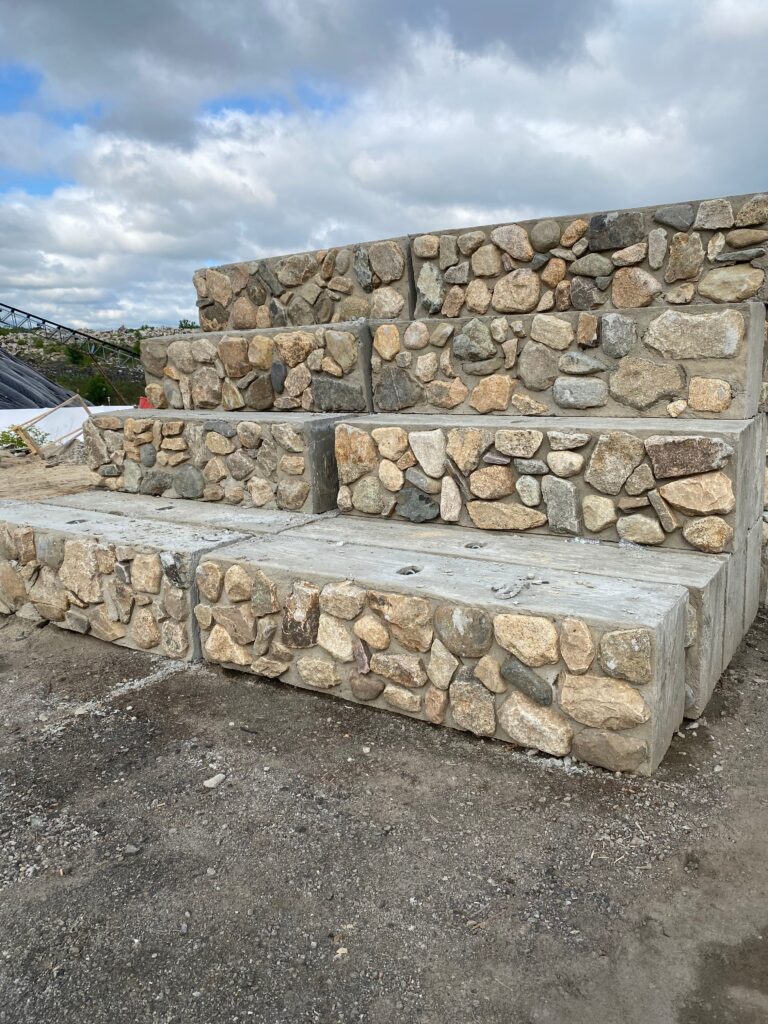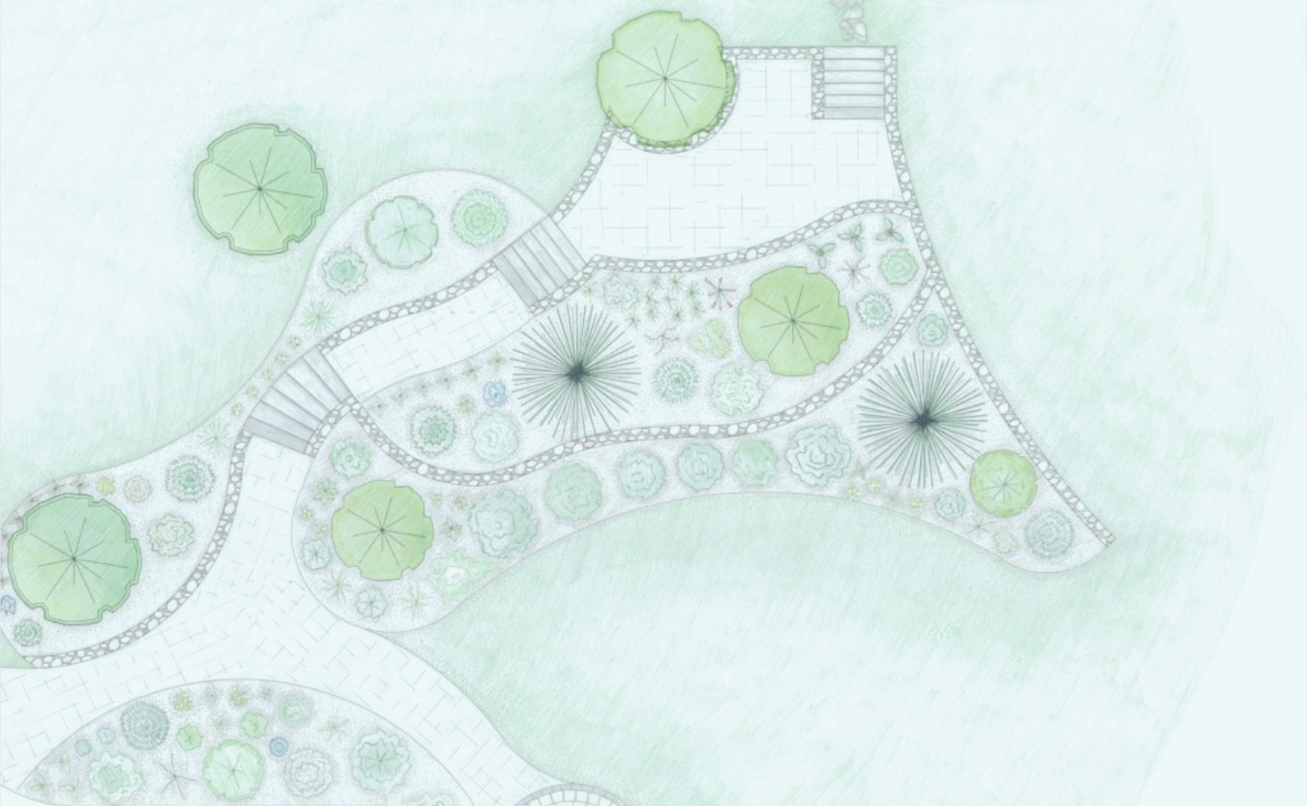
Large concrete blocks are not your run-of-the-mill cement blocks like you can find at any nearby home improvement store. These large concrete blocks are quite unique compared to that of common smaller concrete blocks used for everyday projects. These are 560 lbs. to 4,480 lbs. large concrete blocks that require particular machinery and equipment to move them around and assemble them for retaining walls, barrier, or material bins. If you’re interested in learning more about the wide assortment of concrete blocks, please keep reading.
What are these concrete blocks called? How did they get their names?
Bin Blocks:
The name “bin blocks” is simply derived by a common use of these concrete blocks, which is to create a classic storage bin for materials. You can use these blocks to construct their signature storage bin shapes, which can be built in all different shapes, sizes and can be used for quite a numerous amount of things.
Concrete Barrier Blocks:
This concrete block name, again, is derived from a common use of concrete blocks, which is to form a barrier to protect an object or property. To be more specific, they can protect certain utilities, propane tanks, and fuel tanks. They also can be used to separate or close off certain areas of property.
Mafia Blocks:
This concrete block name comes from the New York and New Jersey area. This area is where the mafia used to control a majority of the concrete production. This just so happened to create the term mafia block. It’s where the term “concrete shoes” comes from, a body could easily fit into the form and then be filled with concrete, creating a “mafia block”, which would forever hide their deeds.
Ecology Blocks:
This concrete block name is actually based on the production methods of these concrete blocks. Excess concrete is used to fill the concrete block forms, creating the ecology concrete blocks instead of just dumping it and letting it go to waste, thus recycling the concrete.
Bunker Block:
Bunker blocks (or large concrete masonry blocks) are constructed out of standard concrete blocks material. They are made from high-grade concrete and are often molded into consistent shapes. They have a wide range of uses in industry, construction, and landscaping.
Interlocking Concrete V-Blocks:
This concrete block name is simply from the interconnecting feature of a style of blocks. These blocks come with both a particular, signature v shaped wedge on the top and side and the same wedge, but reversed, on the bottom and opposite side. They can be used for a variety of projects and their ability to interlock easily, comes in handy. The possibilities of these blocks are endless.Lego Blocks:This name, “Lego blocks” also simply comes from the special interconnecting feature of a style of blocks. They look just like their name states: like the fun, interlocking toy bricks most of us played with as kids.
Knob Blocks:
This concrete block name is also simply from the interconnecting feature of a style of blocks. These blocks do look a tad bit similar to the lego concrete block style.
Large Retaining Wall Blocks:
This concrete block name comes from the size and use of the concrete blocks and not having a universally known name. So, generally, we just refer to them as large retaining wall blocks.
Waste Blocks:
This is similar to the concrete block name “ecology blocks” and stems from excess, job site, waste concrete pieces being used to create the blocks. Again, this process of concrete recycling cuts concrete block prices way, way down and enables the purchase of these recycled concrete blocks to become much easier and efficient.
Gravity Wall Blocks:
This concrete block name is also derived from the particular use of these concrete blocks. Due to the size and weight of these concrete blocks, the retaining wall they create is referred to as a “gravity wall”. The force of the gravity on these particular concrete blocks is greater than the force of whatever these blocks are positioned to hold back.

